This is the most exciting time to be alive in history. Discovery and innovation are reshaping the world around us, and Popular Science makes even the most complex ideas entertaining and accessible. We deliver the future now.
Another scorcher
Popular Science • SUMMER 2021 Vol. 293, No. 2
How PopSci spends a summer day
Annals of a warming world
The hottest colors
Chill out
How do you study a volcano when your office is in its path?
What does the hottest day at the North Pole mean for the world?
Why did everyone’s favorite burn-proof material backfire?
Everything you ever wanted to know about hydration but didn’t think to ask
How should we deal with wildfires?
What will happen when the sun burns out?
What’s the secret to human hotness?
Get the scoop
Skin savers • EVEN IF YOU’RE NOT REGULARLY TURNING INTO A LOBSTER, CUMULATIVE EXPOSURE TO RAYS FROM THE GALAXY’S NEAREST STAR CAN CAUSE WRINKLES, AGE SPOTS, AND EVEN THE MOST COMMON FORM OF CANCER. SOME SPF-EQUIPPED GEAR WILL KEEP YOU COVERED—LITERALLY.
Spark ranger • SKILLED SURVIVALISTS CAN MAKE FIRE WITH ALMOST ANYTHING. THE REST OF US? WE NEED HELP. THESE DEVICES CREATE FLAMES IN THE WORST CONDITIONS.
Master of degrees • MERCURY ENCAPSULATED IN GLASS TUBES HAS BEEN RELIABLY READING TEMPERATURES SINCE THE EARLY 18TH CENTURY. MODERN INSTRUMENTS USE VARIOUS METHODS TO MAKE CHECKUPS SIMPLER, MORE ACCURATE, AND A LOT LESS LIKELY TO POISON YOU WHEN THEY BREAK. HERE’S HOW THEY WORK.
Hot grill summer • BARBECUING IS AN ART FORM WITH MANY DISCIPLINES. EACH OF THESE RIGS IS SUITED FOR A SPECIFIC KIND OF SUPPER, WHETHER IT’S SMASH-BURGERS OR AN 18-HOUR BRISKET.
Venus rising • Our next-door planet is similar to Earth in size and composition, but extreme conditions made Venus a hellscape. A devoted following of researchers wants to know what caused their wildly divergent paths, and NASA is finally feeling the pull.
The hothouse of future past • Fifty-five million years ago, the planet’s thermostat suddenly shot up—and life on Earth dramatically changed. Here’s what history can teach us about our modern temperature surge.
The cooler • Nanoscience dusts off a quirk of physics to optimize air conditioning. Can it help save the planet too?
Into the fryer • The human body can withstand extreme temperatures for only so long—and the planet’s thermostat keeps rising. Can we keep our cool?
An American tail • The radioactive legacy of the nuclear era in the US scars landscapes across the country. Cleanup crews and outdoor lovers in Moab, Utah—once the Uranium Capital of the World—are finally eyeing recovery.
Heart of glass • The craft of turning molten silica, soda ash, and lime into stunningly delicate works of art dates back millennia—but a modern twist could lead it to a more sustainable future.
Fire starter
Keep the ice in your device
How to be chill AF
Your own private water park
Dodge the chub rub
Stop the world and melt with glue
Harnessing the sun • Updating the science of the PopSci archives
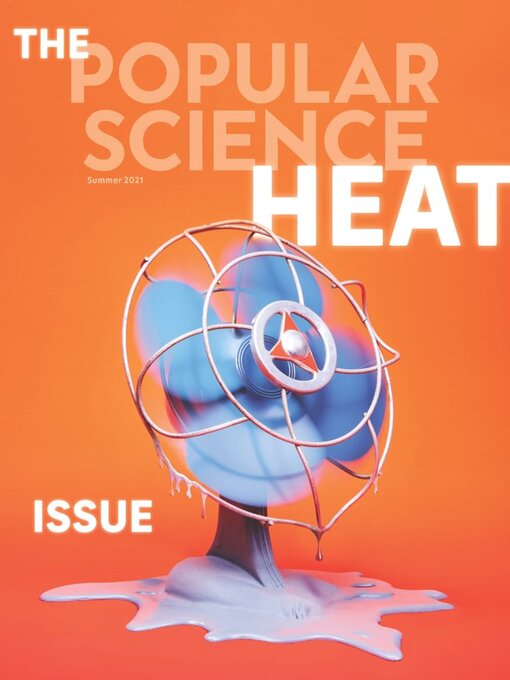
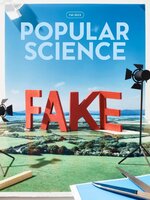 Fall 2023
Fall 2023
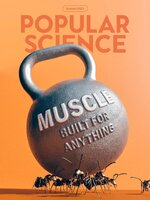 Summer 2023
Summer 2023
 Spring 2023
Spring 2023
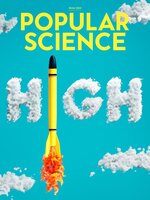 Winter 2022
Winter 2022
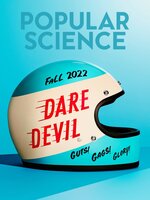 Fall 2022
Fall 2022
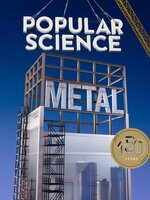 Summer 2022
Summer 2022
 Spring 2022
Spring 2022
 Winter 2021
Winter 2021
 Fall 2021
Fall 2021
 Summer 2021
Summer 2021
 Spring 2021
Spring 2021
